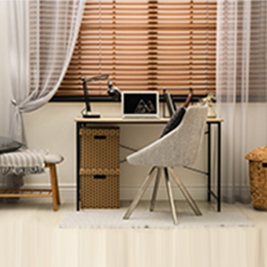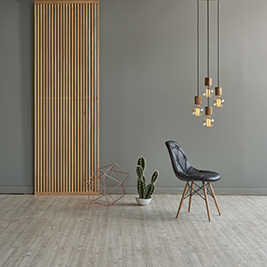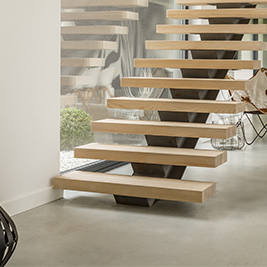Spray-painting your dull and uninspiring furniture will breathe life into it. We tell you what to keep in mind and how to be a pro at the job!
STOCK UP ON SUPPLIES
Depending on your project, shop for whatever you need—paint, sealer, mask, gloves, sandpaper, primer. Opt for quality products and brands, to avoid a shoddy result. Also, figure out the kind of finish you wish to give your furniture—flat, high gloss, satin, matte, etc.—and select a product accordingly. Keep in mind the importance of aftercare as well, when purchasing your supplies.
GET YOUR FURNITURE READY
The best way to begin doing this is to sand your furniture thoroughly, in the direction of the wood grain. Follow this up by removing flecks and shavings with a damp cloth. It is important to sandpaper your furniture to ensure that it is clean and smooth, so that it gets painted neatly.
ARRANGE FOR A SUITABLE WORK AREA
Choose the outdoors as spray paint can fly off to your surroundings and ruin your interiors. Pick an open and large area, select a day when it isn’t windy and cover any area where you don’t want the paint to reach.
PRIME WELL
This is an important step. In fact, if you’re not happy about your sanding job, priming can help make up for it. Using a quality primer, cover your furniture with neat and uniform strokes. Wait for it to dry and then repeat, to cover areas you may have missed. Again, ensure your furniture is completely dry before moving onto painting.
SPRAY-PAINT
Hold the spray paint away from your body and not too close to the furniture. Using long and neat strokes, start painting. If you miss out on any spots, don’t fill it in at this stage. Wait for the paint to dry and then repeat—this time ensuring that the unfinished spots are covered.
SEAL YOUR PROJECT
While it’s not a crucial step, this helps in retaining the look of your painted furniture for a longer period. It also prevents you from redoing your spray-paint job within days. For the purpose, it is essential that you choose a sealer of a good quality.
Home calculations made easy to help you plan your home
MISSED CALL
Give us a MISSED CALL for New Home Loan
- 09289200017


































